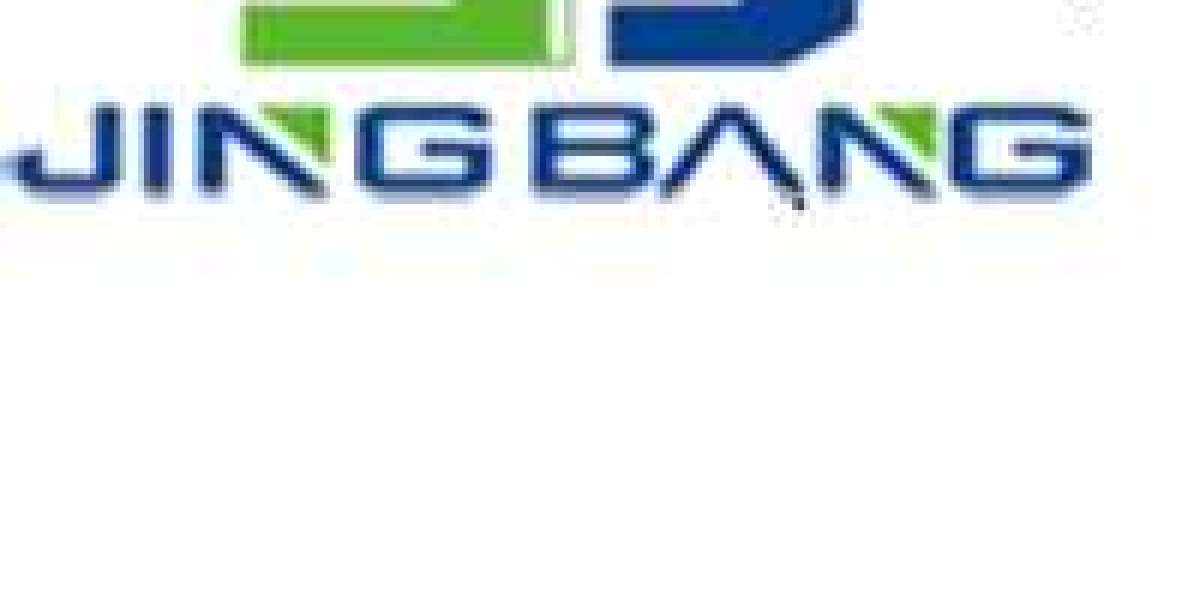The global HVAC drive market size reached approximately USD 3.13 billion in 2023. The market is projected to grow at a CAGR of 5.7% between 2024 and 2032, reaching a value of around USD 5.15 billion by 2032. This significant growth reflects the increasing demand for energy-efficient solutions across various sectors, including industrial, residential, and commercial applications. As businesses and consumers alike focus more on sustainability and cost-efficiency, HVAC drives have become essential components in modern HVAC systems.
Market Segmentation by Type
The HVAC drive market is segmented into three main types: AC drives, DC drives, and others.
AC Drives dominate the market due to their widespread application in controlling the speed of electric motors in HVAC systems. These drives improve energy efficiency by allowing motors to operate only at the required speed, reducing energy consumption and operational costs. As industries continue to adopt energy-efficient technologies, the demand for AC drives is expected to remain strong.
DC Drives, while not as prevalent as AC drives, still hold a significant market share, particularly in applications that require precise control over motor speed and torque. DC drives are commonly used in specialized HVAC systems where high efficiency and precise motor control are crucial. With advancements in DC drive technology, these drives are likely to see increased adoption in specific industrial applications.
The Others category includes a variety of specialized drives that cater to niche applications within the HVAC industry. These drives offer unique features tailored to specific needs, such as variable frequency drives (VFDs) for complex HVAC systems. As the market for HVAC drives continues to evolve, there is potential for innovation within this category, leading to the development of new products that address emerging market demands.
Market Segmentation by Power Range
HVAC drives are also categorized by their power range, which includes less than 10 KW, 10-100 KW, and above 100 KW.
The Less Than 10 KW segment serves small-scale applications, such as residential HVAC systems and smaller commercial installations. These drives are essential for maintaining energy efficiency in systems that do not require high power output. With the growing trend toward smart homes and energy-efficient residential buildings, this segment is expected to witness steady growth.
The 10-100 KW segment caters to mid-range power requirements, typically found in larger commercial buildings and industrial facilities. These drives offer the perfect balance between power and efficiency, making them ideal for applications such as air handling units and cooling towers. As the demand for energy-efficient solutions in commercial and industrial sectors grows, this segment is poised for significant expansion.
The Above 100 KW segment is critical for heavy-duty industrial applications where high power output is necessary. These drives are used in large-scale HVAC systems, such as those found in manufacturing plants and large commercial complexes. The growth of industries worldwide, coupled with the need for efficient and reliable HVAC systems, is expected to drive demand for high-power HVAC drives.
Market Segmentation by Application
The application of HVAC drives extends across various segments, including air handling units, cooling towers, pumps, and others.
Air Handling Units (AHUs) are one of the primary applications for HVAC drives. These units are responsible for circulating air within HVAC systems, and the use of drives ensures that motors operate efficiently and at optimal speeds. As energy efficiency becomes a top priority for building operators, the demand for HVAC drives in AHUs is expected to rise.
Cooling Towers play a crucial role in maintaining the temperature within large buildings and industrial facilities. HVAC drives in cooling towers help control fan speeds, optimizing energy use and reducing operational costs. The growing emphasis on sustainable building practices is likely to boost the adoption of HVAC drives in cooling tower applications.
Pumps are another significant application area for HVAC drives. By regulating the speed of pumps, these drives help maintain consistent pressure and flow rates, leading to improved system performance and energy savings. As industries continue to seek ways to reduce energy consumption, the demand for HVAC drives in pump applications is expected to increase.
The Others category includes various specialized applications within the HVAC industry. This segment is likely to see growth as new and innovative applications for HVAC drives emerge in response to evolving market needs.
Market Segmentation by End Use
HVAC drives are utilized across three primary end-use segments: industrial, residential, and commercial.
The Industrial segment accounts for a significant portion of the HVAC drive market. Industries rely on HVAC drives to optimize the performance of their systems, reduce energy costs, and comply with environmental regulations. As industrial operations continue to expand globally, the demand for HVAC drives in this segment is expected to grow.
The Residential segment is experiencing increased demand for HVAC drives, driven by the growing popularity of smart homes and energy-efficient residential buildings. Homeowners are increasingly adopting HVAC systems that incorporate drives to reduce energy consumption and enhance comfort. This trend is likely to continue, fueling growth in the residential segment.
The Commercial segment includes office buildings, shopping malls, hospitals, and other commercial facilities. In these environments, HVAC drives are essential for maintaining a comfortable and energy-efficient indoor climate. As commercial construction continues to rise, particularly in developing regions, the demand for HVAC drives in this segment is expected to increase.
Regional Analysis
The HVAC drive market exhibits regional variations, with North America, Europe, Asia-Pacific, Latin America, and the Middle East Africa being key regions.
North America leads the market due to the high adoption of energy-efficient technologies and stringent regulatory requirements. The region’s focus on sustainability and reducing carbon emissions has driven the demand for HVAC drives across various sectors.
Europe follows closely, with a strong emphasis on green building practices and energy efficiency. The region’s well-established industrial base and focus on reducing energy consumption are key drivers of market growth.
Asia-Pacific is the fastest-growing region, driven by rapid industrialization, urbanization, and the increasing adoption of energy-efficient technologies. Countries like China, India, and Japan are major contributors to the growth of the HVAC drive market in this region.
Latin America and the Middle East Africa are emerging markets with significant growth potential. These regions are witnessing increased investment in infrastructure and commercial projects, leading to a rising demand for HVAC drives.
Competitive Landscape
The competitive landscape of the HVAC drive market features several key players who dominate the market. These companies continuously innovate to enhance their product offerings and expand their market presence. Mergers and acquisitions are common strategies among these players, allowing them to strengthen their position in the market and offer a broader range of products.
Technological innovations play a crucial role in the HVAC drive market, with companies focusing on developing more efficient and advanced drives. These innovations not only help companies maintain a competitive edge but also contribute to the overall growth of the market by offering solutions that meet the evolving needs of customers.
Market Forecast (2024-2032)
Looking ahead, the HVAC drive market is expected to grow steadily, with the market size projected to reach approximately USD 5.15 billion by 2032. The key growth drivers include the increasing demand for energy-efficient solutions, technological advancements, and the expanding industrial and commercial sectors.
However, the market may face challenges such as high initial costs and the complexity of integrating HVAC drives into existing systems. Despite these challenges, the market presents significant opportunities for growth, particularly in emerging regions where infrastructure development is on the rise.








